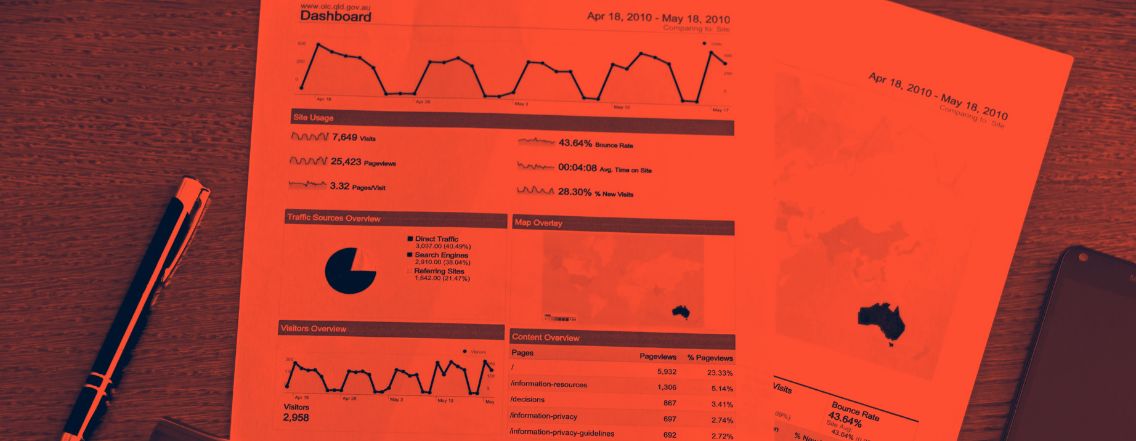The SEPA Direct Debit flow is composed of 3 main steps:
1. Mandate capture and management: a SEPA Direct Debit Mandate has a “life”. Once it has been successfully signed by the Debtor, several “events” may occur (IBAN modification, physical address modification, consultation by a third party, proof management, revocation…). A comprehensive dynamic database and flow management must be implemented.
2. Orders management: Before collecting payment from the Debtor bank account, several steps must be completed:
– Debtor pre-notification: there is a 14 days notification period (that can be shortened upon Debtor agreement). This pre-notification must include the following information: the payment due date, the charge amount, the Unique Mandate Reference and the merchant Creditor Identifier. There is no requirement regarding the method of communication, meaning that this can be done through agreement of the General Terms and Conditions, it can be solely written on an invoice, it can be displayed in an online customer account, …
– SEPA payment request to bank: this has to be done via a specific .xml file, compliant with ISO 2022 format and following the correct SEPA Direct Debit sequencing (see SEPA Direct Debit Timeline).
3. Transactions execution: This is the effective part of the collecting, which consists in orders remittance, payment on segregated account, but also management of Reject and Return transactions (unsuccessful charges).
SEPA Direct Debit Timeline
The SEPA Direct Debit Timeline follows a strict sequencing of orders. R-transactions can also happen at several step of the process.
– 5 days before charge (D-5): Minimum number of days a Creditor can submit a one-of or First Direct Debit order
– 2 days before charge (D-2): Minimum number of days a Creditor can submit a Recurring Direct Debit order.




